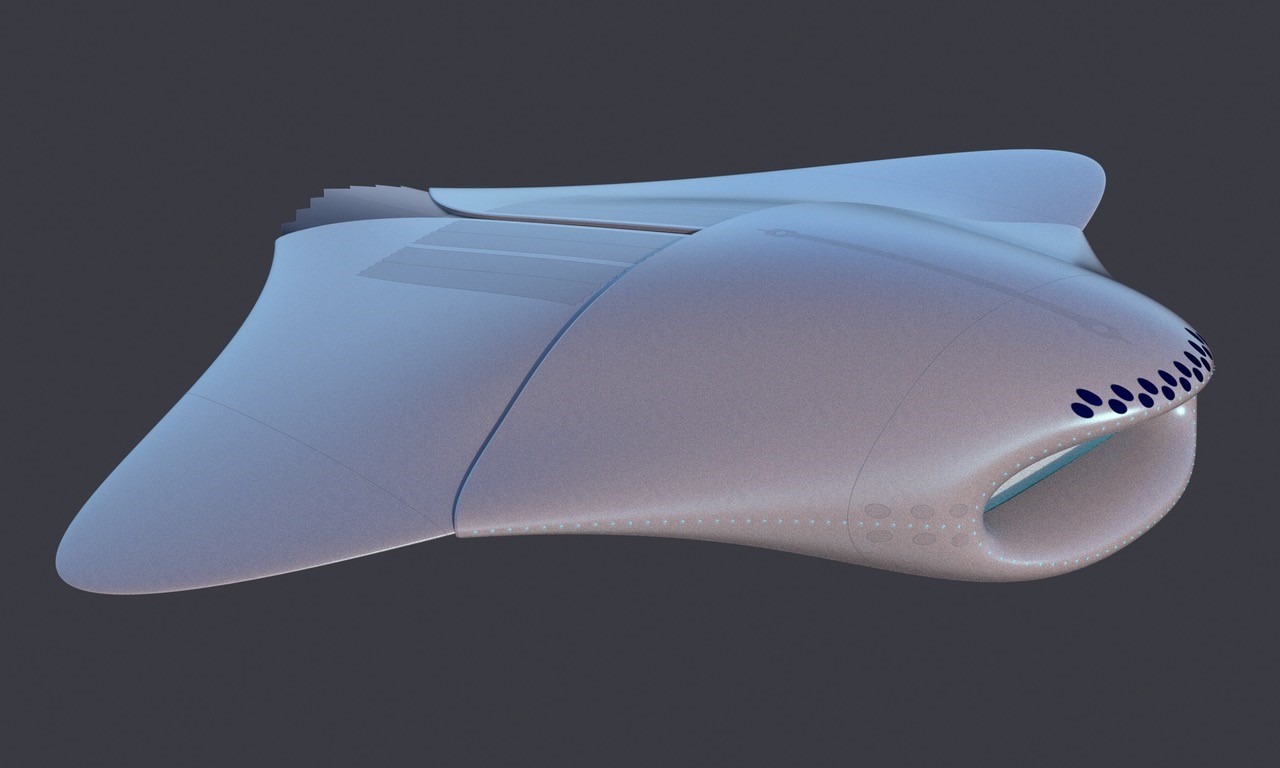Table Of Content

In 1862 Horace L. Hunley of Mobile, Ala., financed the building of a Confederate submarine named Pioneer, a craft that was 34 feet long and was driven by a hand-cranked propeller operated by three men. It probably was scuttled to prevent its capture when Union forces occupied New Orleans (although some records say the Pioneer was lost with all those aboard during a dive while en route to attack Union ships). Wireless was used to provide communication to and from submarines in the First World War. The D-class submarine was the first submarine class to be fitted with wireless transmitters in 1907.
First use in war
The first Confederate submarine was the 30-foot-long (9.1 m) Pioneer, which sank a target schooner using a towed mine during tests on Lake Pontchartrain, but it was not used in combat. It was scuttled after New Orleans was captured and in 1868 was sold for scrap. The similar Bayou St. John submarine is preserved in the Louisiana State Museum. CSS Hunley was intended for attacking Union ships that were blockading Confederate seaports. The submarine had a long pole with an explosive charge in the bow, called a spar torpedo.
Russia Commissions First Serial Lada-class Submarine - Naval News
Russia Commissions First Serial Lada-class Submarine.
Posted: Fri, 02 Feb 2024 08:00:00 GMT [source]
Related Content
Those who are left will live in relative comfort, and have easy access to the things we take for granted ashore, like social media. Hall notes, “crew don't like being away from the internet and social media, it is a societal need. This is bad enough on a surface vessel, all but impossible on a stealthy, submerged submarine.” But improvements in undersea communications could make it possible.

P-8A Poseidon Maritime Surveillance Aircraft, USA
Attaching explosives also proved tricky since it was difficult to penetrate the ships' hulls using screw-type devices. What might be called the first "practical" submarine was a rowboat covered with greased leather. It was the idea of Cornelius Van Drebbel, a Dutch doctor living in England, in 1620. Van Drebbel's submarine was powered by rowers pulling on oars that protruded through flexible leather seals in the hull. Snorkel air tubes were held above the surface by floats, thus permitting a submergence time of several hours.
What are Bellows on a Boat: Everything You Need to Know
The Second World War use of the U-Boat by the Kriegsmarine against the Royal Navy and commercial shipping, and the Cold War's use of submarines by the United States and Russia, helped solidify the submarine's place in popular culture. The latter conflicts also saw an increasing role for the military submarine as a tool of subterfuge, hidden warfare, and nuclear deterrent. The military use of submarines continues to this day, predominantly by North Korea, China, the United States and Russia. The primary defense of a submarine lies in its ability to remain concealed in the depths of the ocean.
US Submarine Svg File US Navy Svg Warship Svg Submarine Png Watercraft Svg Underwater Svg Cutting File
This energy is then used to drive the propeller via the electric motor and, to the extent required, for charging the batteries. In this configuration, the electric motor is thus responsible for driving the propeller at all times, regardless of whether air is available so that the combustion engine can also be used or not. Modern submarines and submersibles usually have, as did the earliest models, a single hull. Large submarines generally have an additional hull or hull sections outside. This external hull, which actually forms the shape of submarine, is called the outer hull (casing in the Royal Navy) or light hull, as it does not have to withstand a pressure difference. Inside the outer hull there is a strong hull, or pressure hull, which withstands sea pressure and has normal atmospheric pressure inside.

Any negative messages from their family that affect the morale of a crew are held back. Since the submarine commander has no way to get the crew member out of the submarine, the negative messages are held back till the end of their patrol period. The two hydroplanes on the aft are used to change the lateral (side) direction of the submarine when moving. In many small submarines, the number of crew is more than the number of bunks. The junior crewmembers share a bunk (one can sleep while the other is working his shift and vice versa).
Submarines first became a major factor in naval warfare during World War I (1914–18), when Germany employed them to destroy surface merchant vessels. In such attacks submarines used their primary weapon, a self-propelled underwater missile known as a torpedo. Submarines played a similar role on a larger scale in World War II (1939–45), in both the Atlantic (by Germany) and the Pacific (by the United States). In the 1960s the nuclear-powered submarine, capable of remaining underwater for months at a time and of firing long-range nuclear missiles without surfacing, became an important strategic weapon platform. Armed with torpedoes as well as antiship and antisubmarine missiles, the nuclear attack submarine has also become a key element of naval warfare. Technological advances in sound dampening, noise isolation and cancellation have substantially eroded this advantage.
Submarine design skills are different from surface ship design skills-surface combatant designers cannot be expected to successfully design a submarine. Robert Fulton's cigar-shaped Nautilus submarine was driven by a hand-cranked propeller when submerged and had a kite-like sail for surface power. The Nautilus submarine was the first submersible to have separate propulsion systems for surfaced and submerged operations. It also carried flasks of compressed air that permitted the two-man crew to remain submerged for five hours. To conclude, the design and analysis of submarine structures is a process that is way more complex than that of ship structures due to the improbabilities of shock loads coming into effect. Every submarine design company conducts extensive finite element analyses for a combination of load cases that the structure could be subject to.
The pressure hull shell absorbs all the forces in the longitudinal direction without the requirement of transverse ring stiffeners. However, the shell is stiffened by ring stiffeners that can absorb the circumferential stresses originated due to buckling loads. The ring stiffeners (usually T profiles) are welded to the pressure hull shell, and the entire system acts as one unit. The cylindrical pressure hull in dived condition is subjected to longitudinal compressive stress. This longitudinal stress is of half the magnitude of the hoop stress or the circumferential stress. Like a surface ship, a submarine in surfaced condition is subjected to longitudinal bending loads, transverse shear forces on transverse structures, and torsional loads caused due to wave action.
One is VLF (very low frequency) radio, which can reach a submarine either on the surface or submerged to a fairly shallow depth, usually less than 250 feet (76 m). ELF (extremely low frequency) can reach a submarine at greater depths, but has a very low bandwidth and is generally used to call a submerged sub to a shallower depth where VLF signals can reach. A submarine also has the option of floating a long, buoyant wire antenna to a shallower depth, allowing VLF transmissions by a deeply submerged boat.

No comments:
Post a Comment